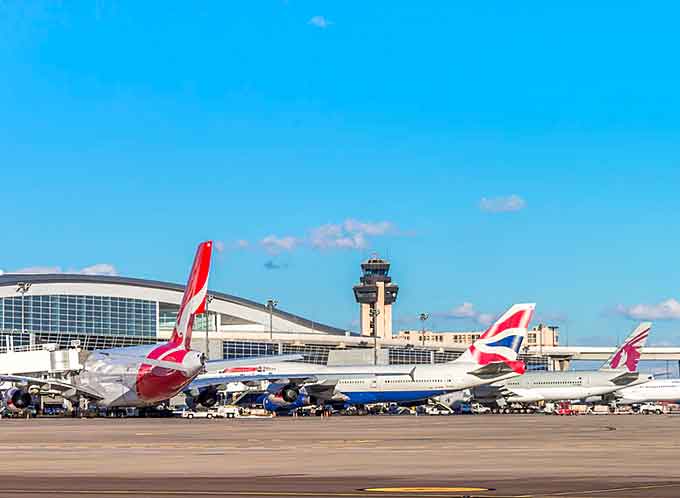
Dallas Fort Worth International Airport (DFW) has been designated an official Innovation Task Force (ITF) site by the Transportation Security Administration (TSA).
TSA’s Innovation Task Force seeks to drive improvements in overall transportation security effectiveness and efficiency, while ensuring a positive experience for customers.
To meet that goal, the ITF works with airports, airlines and other transportation partners to champion innovative and cutting-edge technologies and procedures to protect the nation’s transportation systems.
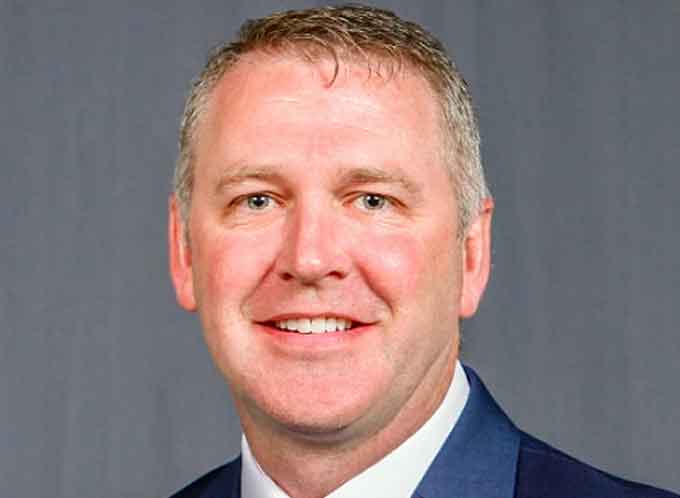
“DFW Airport has a long-standing, constructive relationship with the TSA and our team looks forward to hosting demonstrations of new technology that will explore how to make airports more secure while improving the customer experience,” said Chad Makovsky, DFW’s executive vice president of Operations.
“We recently completed the installation of ten automated screening lanes, which will increase the throughput at four checkpoints, and we’ve welcomed the TSA into our Airport Operations Center where we collaborate on new ideas and respond quickly to our customers’ needs.”
Dallas Fort Worth International Airport also holds the distinction of being named the best large airport in North America for customer service from Airports Council International.
DFW Airport welcomes more than 66 million customers along their journey every year, elevating DFW to a status as one of the most frequently visited superhub airports in the world.
(Learn More. You might have already known that DFW Airport is larger than Manhattan, but did you know our Skylink has traveled the equivalent of 68 round trips to the moon!? Courtesy of Dallas Fort Worth International Airport and YouTube. Posted on Jun 1, 2017)
“TSA has actively been demonstrating new technologies in airports across the country, and we are pleased that DFW Airport has been named an official Innovation Task Force site,” said Steve Karoly, Assistant Administrator for the TSA Office of Requirements and Capabilities Analysis.
“With this partnership, we can find new ways to work together to improve all aspects of aviation security.”
(Learn More. This TSA innovation task force manager works with industry partners to develop and deploy new technologies for enhanced security at U.S. airports. Courtesy of the TSA and YouTube. Posted on Jul 10, 2017)
This year, the task force will bring more deployment and experimentation of new technologies into public settings.
As an ITF site, DFW is eligible for pilot programs to test and refine groundbreaking technologies and processes.
TSA selects innovation sites based on several criteria to ensure TSA resources are utilized efficiently, and in compliance with the requirements of the FAA Extension, Safety, and Security Act of 2016.
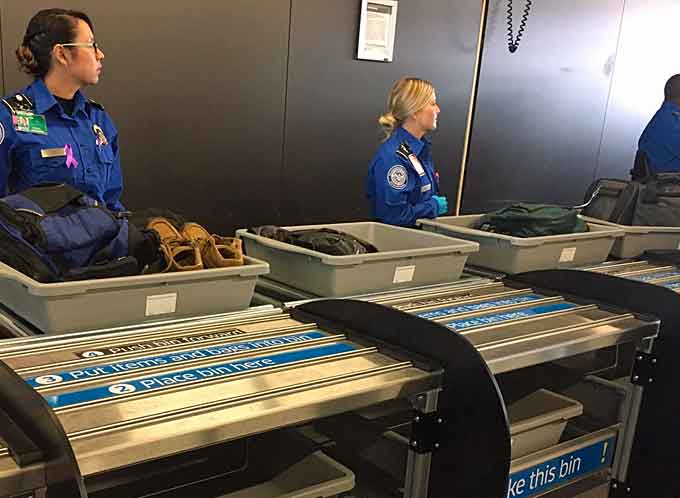
Criteria include the ability of partner airports to support the initiative and nimbly respond to various needs.
In addition to Automated Screening Lanes, some of the additional technologies under demonstration with the ITF include Computed Tomography (CT) scans, Biometric Authentication and improved passenger communication techniques.
TSA Innovation Task Force (ITF)
A little over a year ago, TSA initiated the public-private partnership to harness the ingenuity and entrepreneurial of both sectors and help meet our mission to protect the traveling public.
They did so by establishing the Innovation Task Force to help identify and pilot exceptional security technologies, even those that are still on the drawing board.
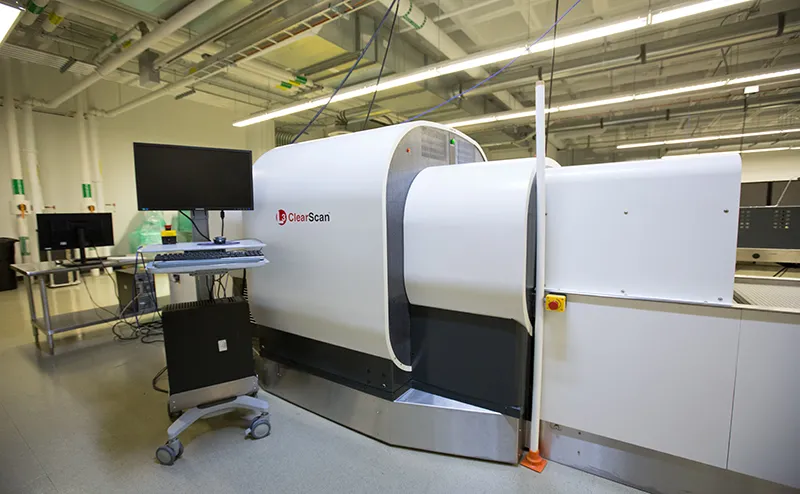
In partnership with the airlines and airport authorities, the TSA began deploying automated screening lanes, at some of the highest volume airports last year, with more planned this year.
These lanes improve security effectiveness and increase operational efficiencies by moving lines faster and reducing crowding at checkpoints.
Additionally, they’re working on computed tomography technology, which uses 3D imaging to screen bags at security checkpoints, and are also testing the use of biometrics to increase awareness of who passengers are and how and when they are passing through airports.
One of the primary goals is to create a curb-to-gate secure travel environment that is less invasive and more secure.
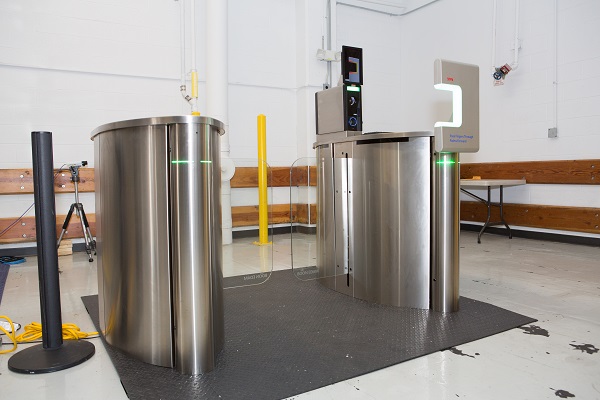
To meet that goal, the task force looks at technologies and intelligence capabilities that allows the TSA to analyze and secure the travel environment, passengers and their property.
The more information you share with them, the more efficiently and effectively they can protect you.
By identifying and separating trusted travelers, like those enrolled in DHS trusted traveler programs from those who pose more of a risk, they are able to provide more targeted security procedures.
For more information about TSA’s Innovation Task Force, visit www.TSA.gov.
DFW is elevating the customer experience with modernized facilities and updated amenities, as well as through a $2 billion Terminal Renewal and Improvement Program.
 Centered between its owner cities of Dallas and Fort Worth, Texas, DFW Airport also serves as a major economic generator for the North Texas region, producing over $37 billion in economic impact each year by connecting people through business and leisure travel.
Centered between its owner cities of Dallas and Fort Worth, Texas, DFW Airport also serves as a major economic generator for the North Texas region, producing over $37 billion in economic impact each year by connecting people through business and leisure travel.
















